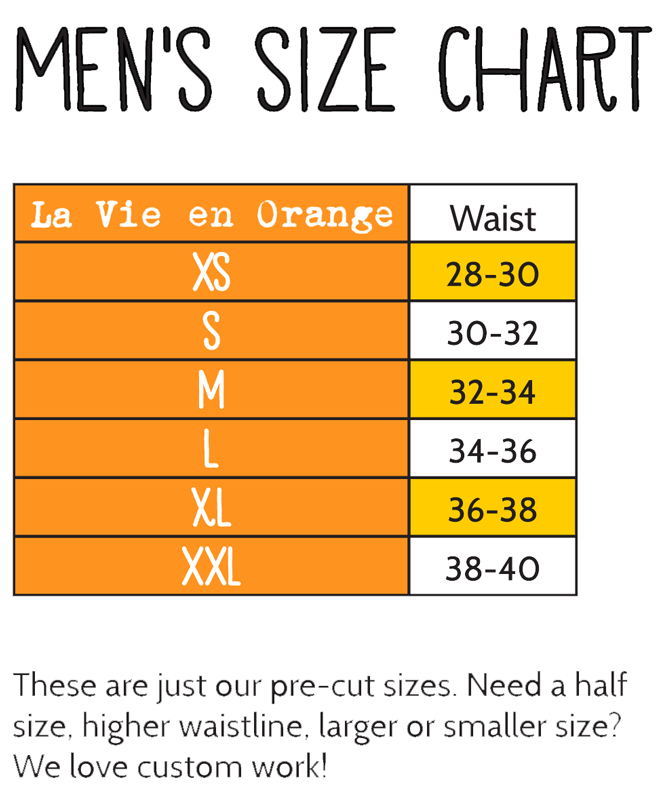Whoa. How does my sewing machine do that?

This sewing machine served me for nearly 30 years! (and my mom for 10+ years before I was even around :))
Hello hello! How do you feel? We've done a lot in the last few weeks- learned about what the marks on home sewing patterns mean, picked up some fabric basics including the ever illusive grainline, and just last week cut out pattern pieces for a supercute upcycled shopping bag with my husbie Zac.
This week off we're headed to the sewing machine! We won't sew yet- but we'll spend a couple of weeks getting to know our machines (thanks for sticking with me through this delayed gratification).
This week we'll figure out how a sewing machine works (for reals) and then next week we'll thread our machine, bobbin and all!
All sewing machines have the same basic parts and pieces. Your sewing machine probably won't look like mine (pictured above). This is my momma's sewing machine from college. I burned the motor out on it earlier this year making undies (I'm still planning on getting it fixed), but it has served her since
- the 70s for all sorts of amazing and ridiculous outfits,
- the outfits she made my brother and I in the 80s and the Barbie clothes I churned out. Oh, and the scrunchees. Thousands. Probably. :)
- The 90s when I started sewing more than her and busted out lots of purses, homecoming dresses and body pillow cases for the entire senior class (only 55 of us),
- and the 2000s- through college: a fashion degree and countless fashion shows, three wedding dresses (eye candy on the portfolio page :)), and then starting my own business. I flipping love this machine.
But how does it work?
So super basic- every sewing machine has two threads: one that comes from the top and goes through the needle into the fabric, and a second thread, wound on a bobbin that lives below the needle, feed dogs, and throat plate (we'll get there, I promise!).
This diagram shows the dance that happens between the needle and bobbin threads. It's very much based on one in the Reader's Digest Complete Guide to Sewing, an awesome reference book that I turn to time and again.
So this shows how the needle and bobbin thread intertwine to make a stitch. Click on the image to check it out full size.
The upper thread kind of loops around the lower thread and is pulled tight to make the stitch creating awesomeness. :)
You'll see below a photo of my Momma's machine with all the parts labeled. Every machine is a little bit different, but works in essentially the same way. Hopefully you'll be able to guess which parts of your machine correspond with which parts of mine! :)
The bits and pieces, in all their glory! Click to enlarge the image.
When sewing, you'll be most concerned with the stitch length and width regulators and the back stitch control.
You'll have seen the hand wheel, presser foot, feed dogs (I love feed dogs!) and back stitch control all in action in our tutorial: How to Sew a Straight Line.
Next week we'll get to know many of these parts a lot better when we thread the machine and then away we go! :) Nothing's holding us back in our quest to make an upcycled shopping bag :) See you then!
Comment below if you have any questions, and subscribe on the homepage to get an email about future posts :) xoxo







Kori
June 06, 2016
Thanks, Christal!